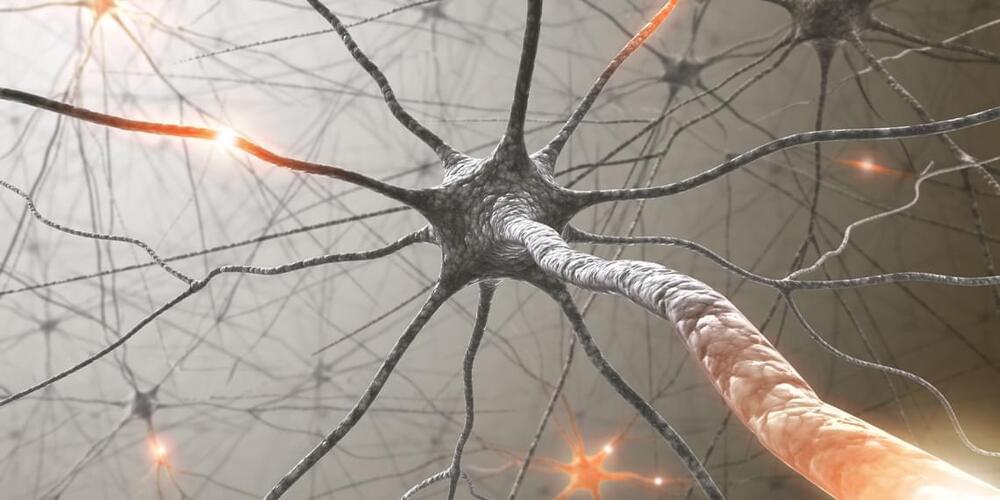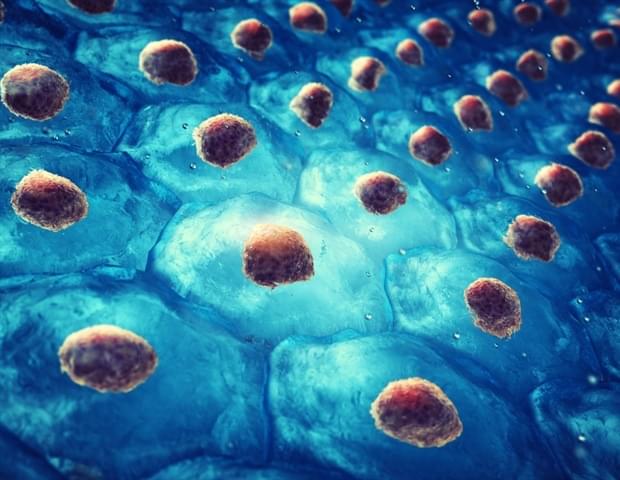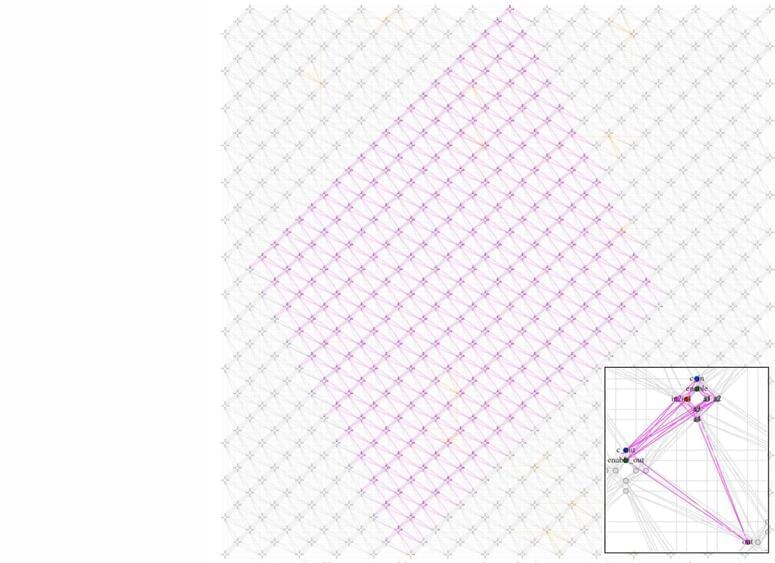Have you ever imagined listening to the brain’s activity as it unfolds in real-time? Researchers from Columbia University have pioneered a technique that transforms complex neuroimaging data into a captivating audiovisual experience, akin to watching a movie with a musical soundtrack. This novel approach allows scientists to ‘see’ and ‘hear’ the brain’s intricate workings, offering fresh insights into its behavior during various tasks.
The details of their work have been published in the journal PLOS One.
The motivation behind this study stems from a growing challenge in neuroscience: the vast amount of data generated by advanced brain imaging techniques. Technologies like functional magnetic resonance imaging (fMRI) and wide-field optical mapping (WFOM) capture the dynamic, multi-dimensional activities of the brain, revealing patterns of neurons firing and blood flow changes.







